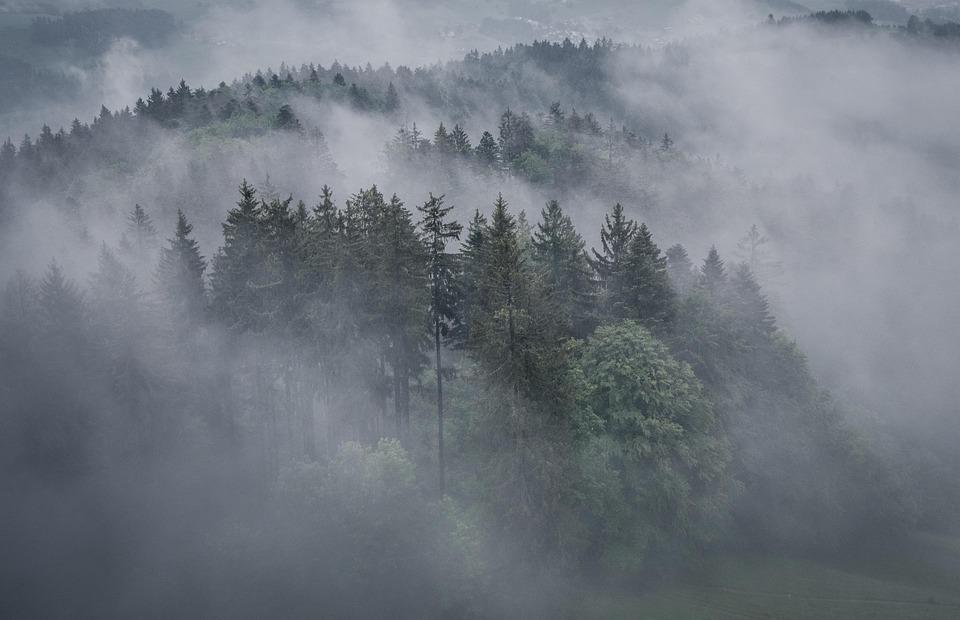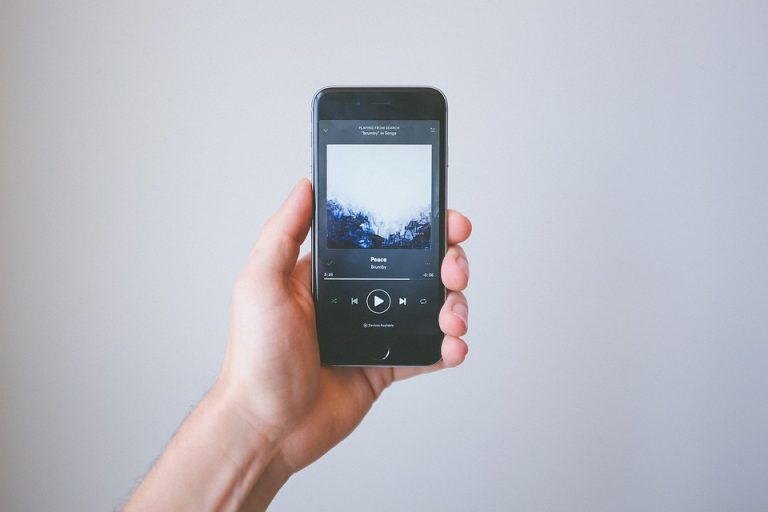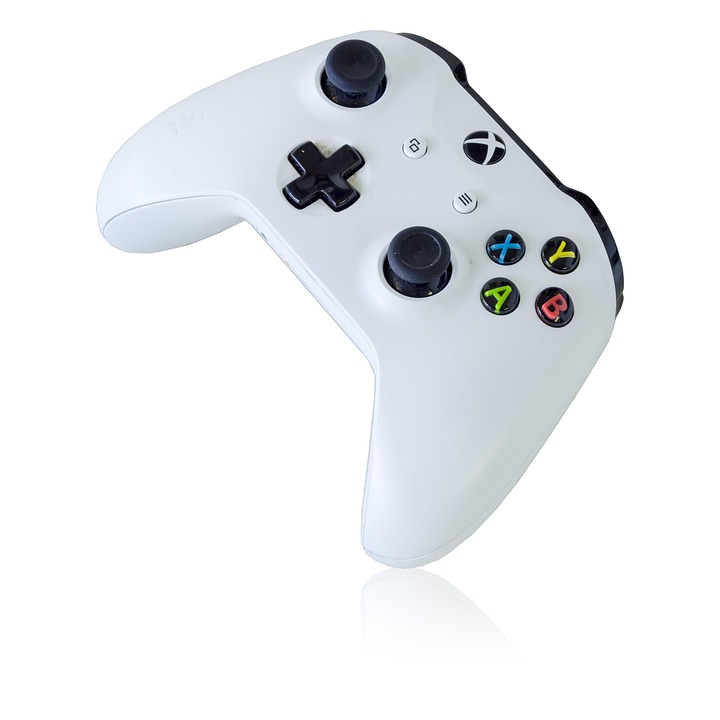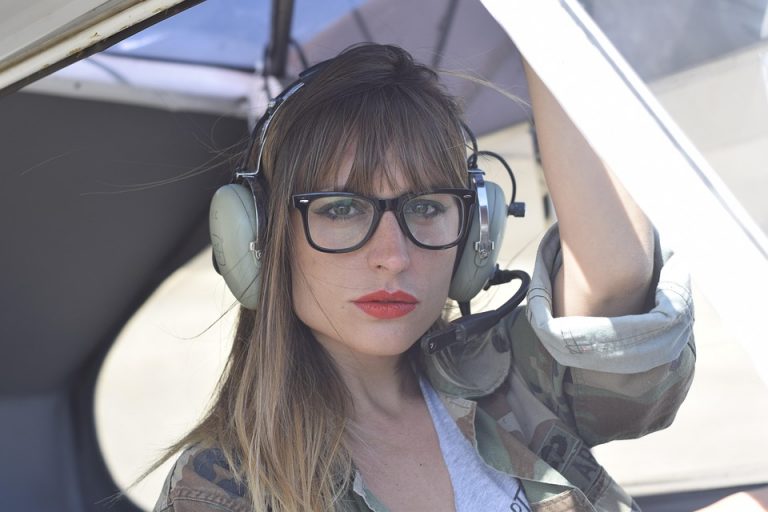Drone photography opens up a world of possibilities. With the right techniques, you can capture breathtaking images that tell a story and evoke emotion. Whether you’re a seasoned photographer or just starting, these 7 stunning drone photography tips will elevate your skills and deliver eye-catching results.
Contents
- What is Drone Photography?
- Why Drone Photography Matters to You
- 1. Know Your Equipment Inside and Out
- 2. Choose the Right Time of Day
- 3. Frame Your Shots Thoughtfully
- 4. Experiment with Different Angles and Heights
- 5. Invest in Quality Editing Software
- 6. Follow Local Regulations
- 7. Connect with the Community
- Bottom Line
- Call to Action
- FAQs
What is Drone Photography?
Drone photography involves using unmanned aerial vehicles (UAVs) equipped with cameras to capture images from above. This unique perspective brings a freshness to your photography, allowing you to explore landscapes, architecture, and events like never before. The significance? It’s not just about taking a picture; it’s about telling a story from a viewpoint that’s often inaccessible to the human eye.
Why Drone Photography Matters to You
Understanding drone photography goes beyond just technical skills. It’s about capturing moments that resonate with viewers. Your audience craves authenticity, and drone photography can deliver that in spades. It encourages you to look at the world differently, igniting creativity and sparking new ideas. Ready to dive into the art of aerial photography? Let’s get started.
1. Know Your Equipment Inside and Out
Before you take to the skies, familiarize yourself with your drone.
- Read the Manual: Yes, I know it’s tempting to skip this part, but understanding your drone’s features can make a world of difference.
- Practice Flying: Find a safe, open area to practice. Get comfortable with how your drone responds to wind, altitude changes, and controls.
Your familiarity will build confidence, allowing you to focus on capturing stunning images rather than worrying about operating your drone.
2. Choose the Right Time of Day
Lighting can make or break your photographs.
- Golden Hour: This is the hour just after sunrise and before sunset. The soft, golden light adds warmth and depth to your images.
- Avoid Harsh Midday Sun: Direct sunlight can create unflattering shadows and highlights. If you must shoot during this time, look for shaded areas or use filters to soften the light.
Capturing images during these magical hours can elevate your work, giving it that enchanting quality that draws viewers in.
3. Frame Your Shots Thoughtfully
Composition is key in photography, and drone photography is no different.
- Rule of Thirds: Imagine your frame divided into nine equal parts. Place key elements along these lines or at their intersections for a balanced composition.
- Leading Lines: Use natural lines in your environment—roads, rivers, or pathways—to guide the viewer’s eye through your image.
A well-composed shot not only looks professional but also tells a story that resonates with the viewer.
4. Experiment with Different Angles and Heights
Don’t be afraid to get creative!
- High Altitudes: Capture expansive landscapes or cityscapes that communicate the vastness of your surroundings.
- Low Angles: Get close to the ground to highlight textures and patterns that might be overlooked from a higher perspective.
Your drone allows you to explore perspectives that are impossible from the ground. Use this to your advantage!
5. Invest in Quality Editing Software
Once you’ve captured your stunning images, take them to the next level with editing.
- Programs Like Adobe Lightroom or Photoshop: These tools allow you to enhance colors, adjust exposure, and crop images for the best composition.
- Use Presets: If you’re short on time, consider using presets to give your images a cohesive look.
Editing is where you can truly fine-tune your vision and make your images pop.
6. Follow Local Regulations
Before you take off, make sure you’re aware of local laws and regulations regarding drone use.
- Check No-Fly Zones: Many cities have restrictions on where drones can fly, particularly near airports or crowded events.
- Respect Privacy: Always be mindful of people’s privacy. Avoid flying over private property without permission.
Staying informed protects you and enhances the trustworthiness of your work.
7. Connect with the Community
Engaging with fellow drone enthusiasts can provide invaluable insights and inspiration.
- Join Online Forums or Social Media Groups: Share your work, seek feedback, and learn from others.
- Attend Workshops or Meetups: These events can offer hands-on experience and networking opportunities.
Building connections within the community can lead to collaborations and friendships that enrich your photography journey.
Bottom Line
Embracing drone photography means stepping into a world of creativity and exploration. With these 7 stunning drone photography tips, you can elevate your craft and create images that resonate deeply with your audience. Remember, it’s not just about the technology; it’s about telling a story that connects and inspires.
Call to Action
Are you ready to take your drone photography to new heights? Grab your drone, head outside, and start experimenting. The sky is not the limit; it’s just the beginning.
FAQs
Q: Do I need a license to fly a drone?
A: Yes, in many areas, you will need to register your drone and may require a license depending on its weight and where you plan to fly.
Q: What’s the best drone for beginners?
A: Look for drones that are user-friendly and have good camera quality. Brands like DJI offer excellent options for beginners.
Q: How can I improve my drone flying skills?
A: Practice regularly, take advantage of flight simulators, and consider joining a local drone club for tips and support.
Now, get out there and capture the stunning beauty around you!








